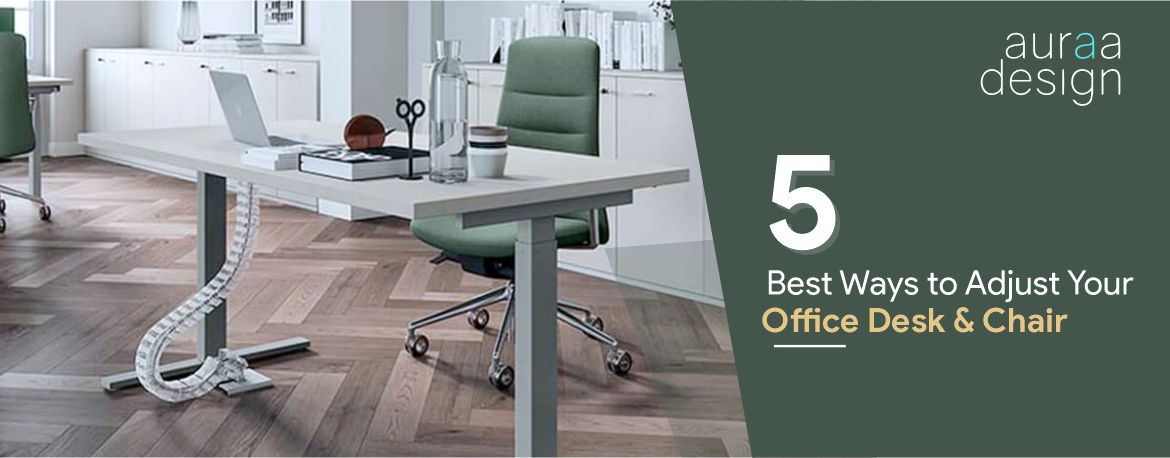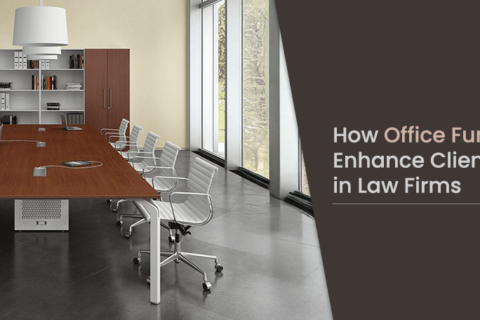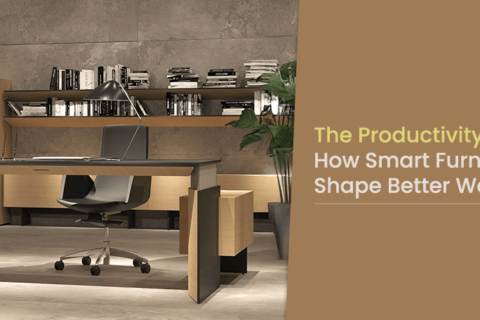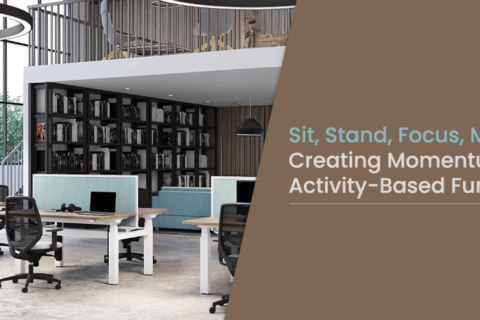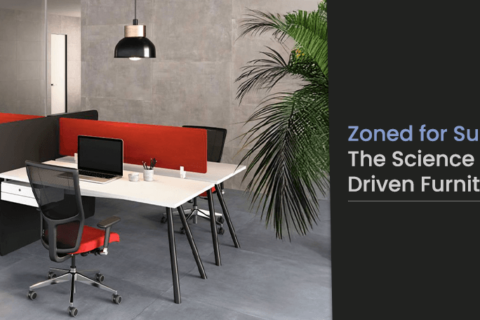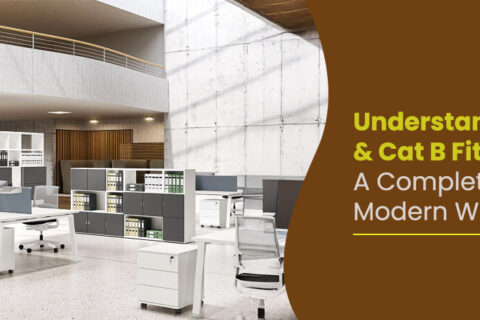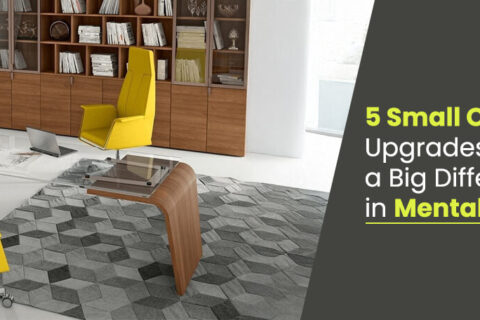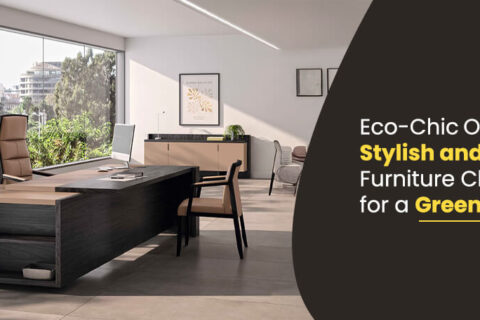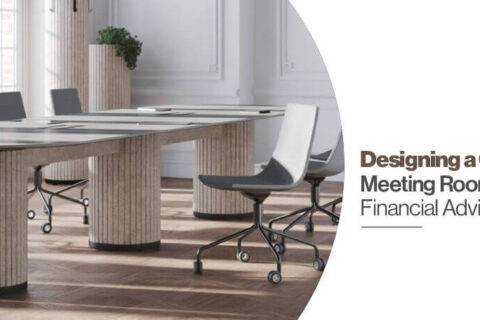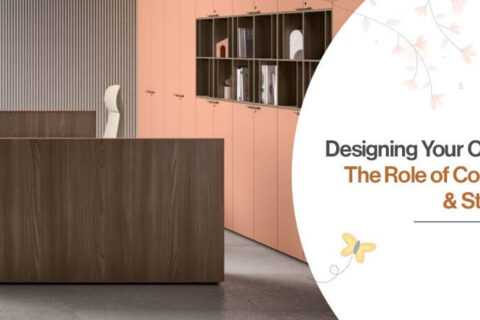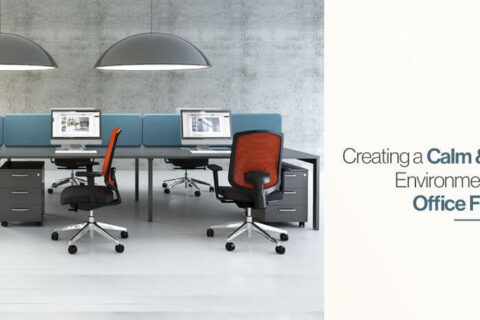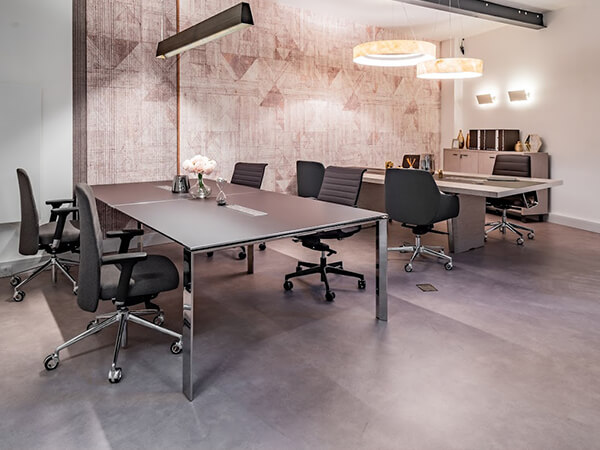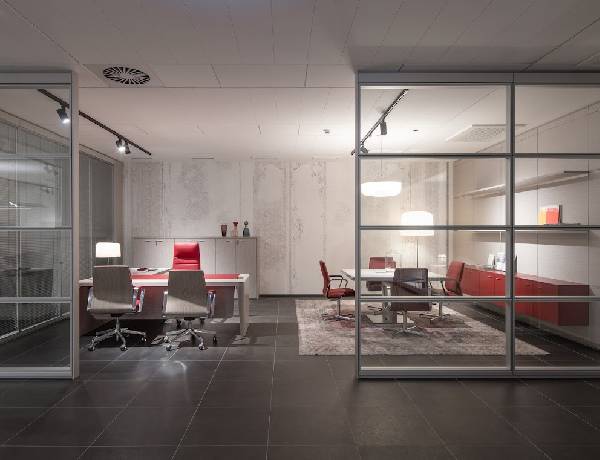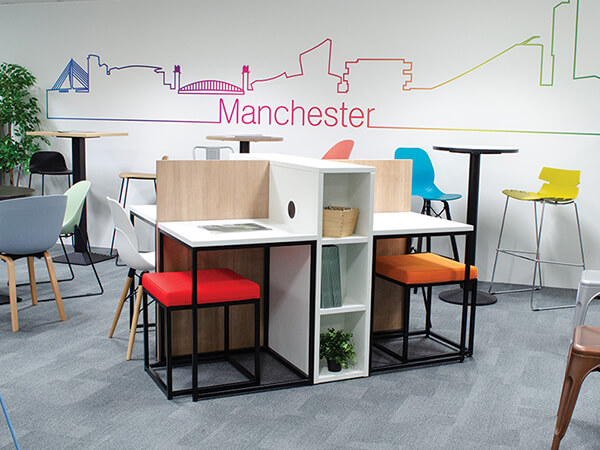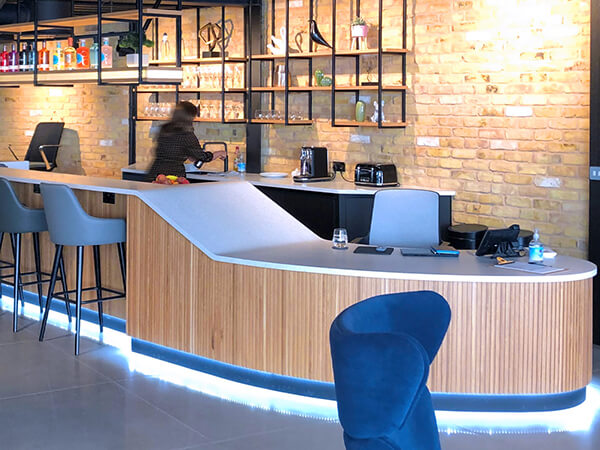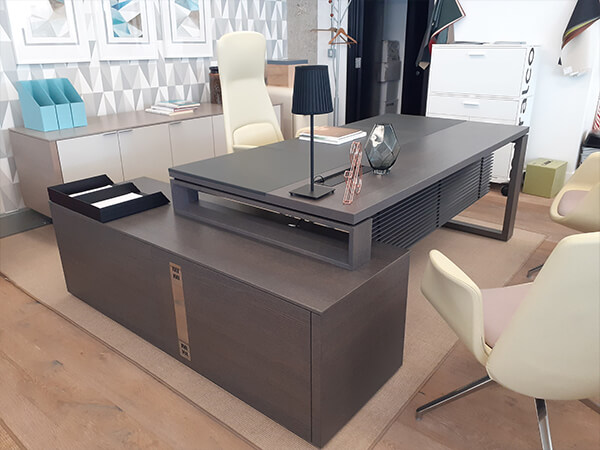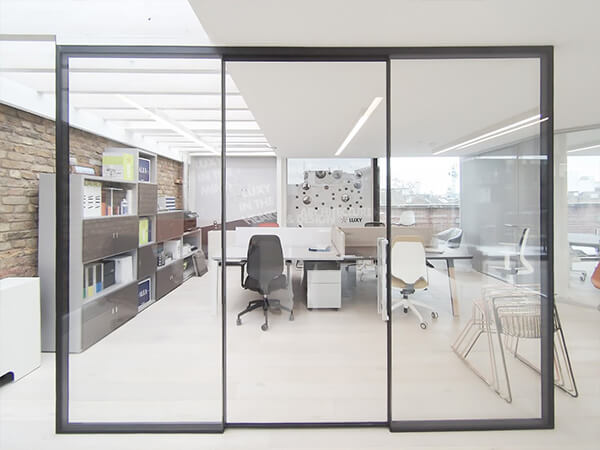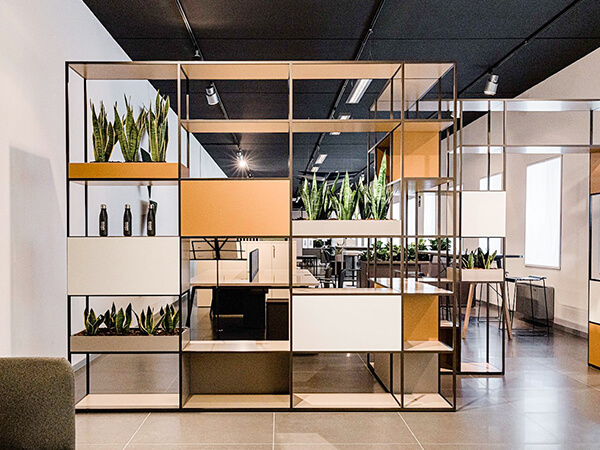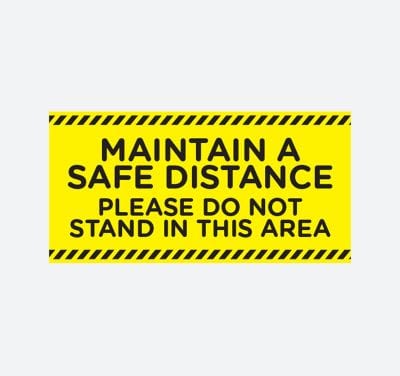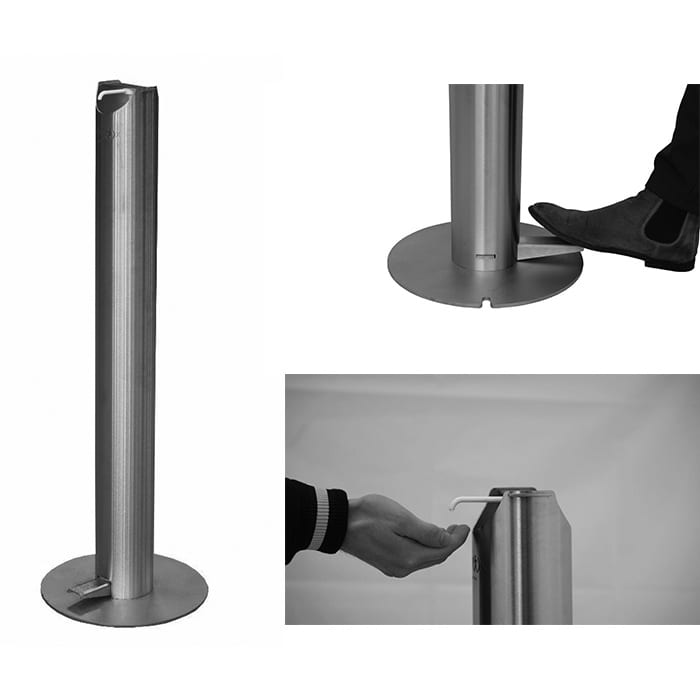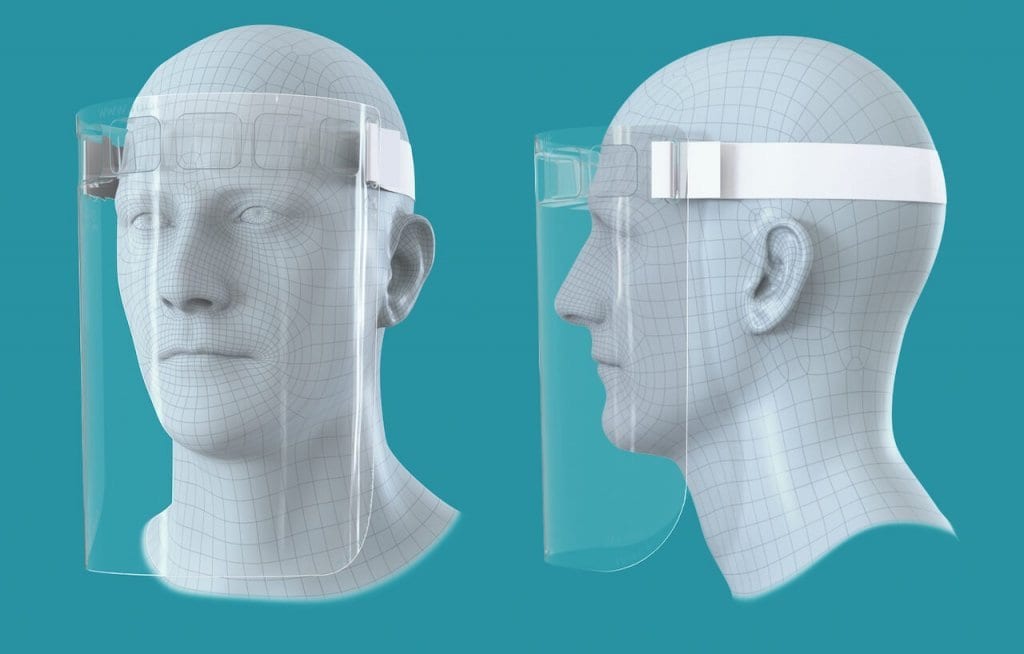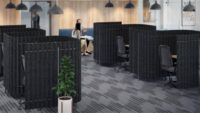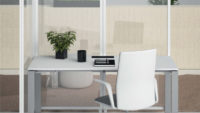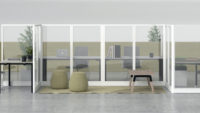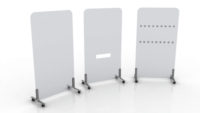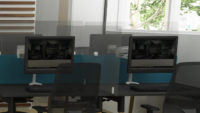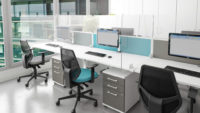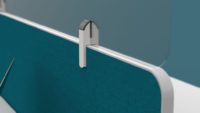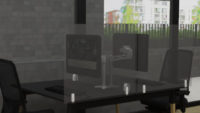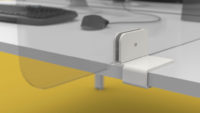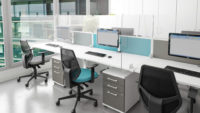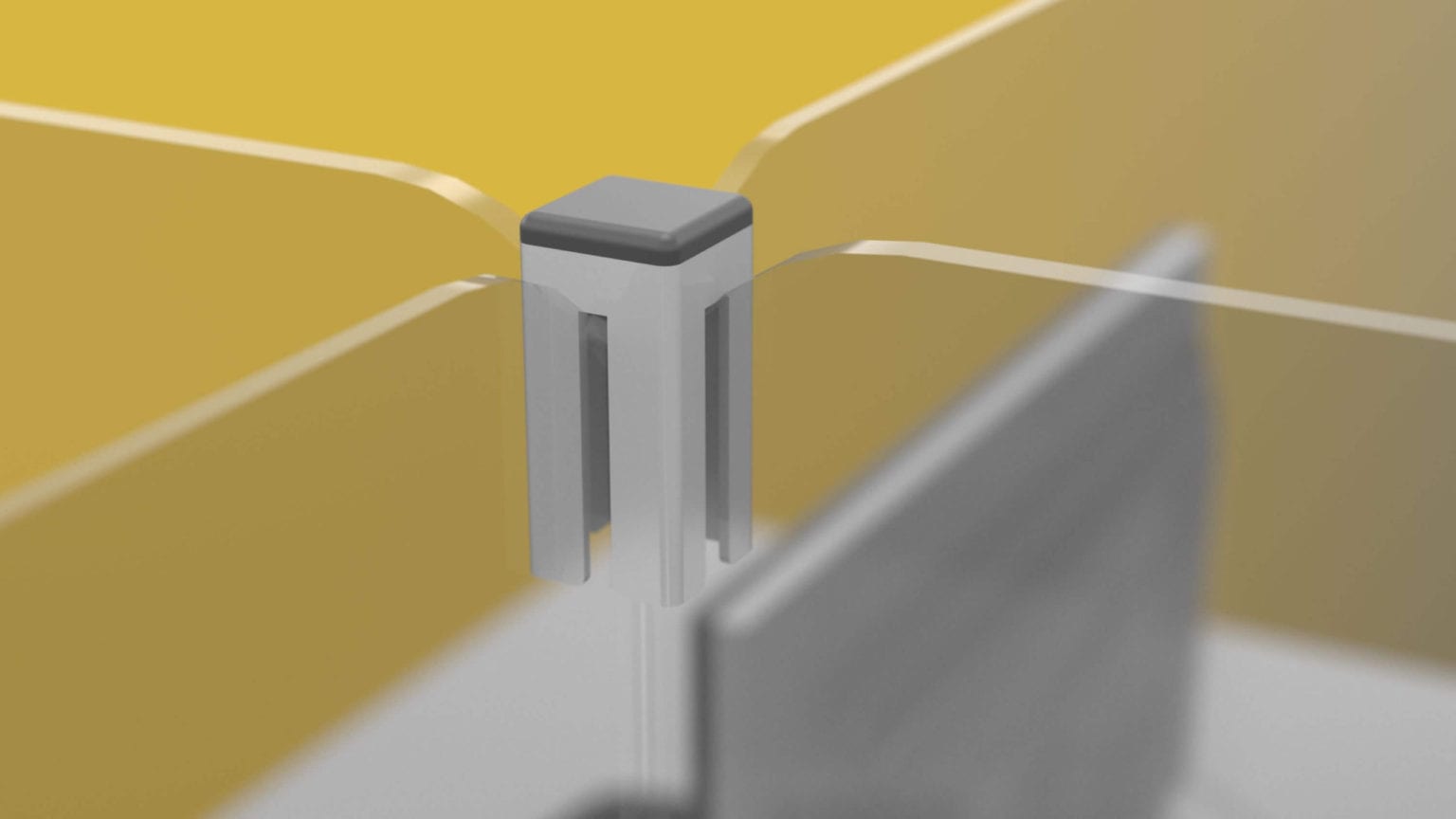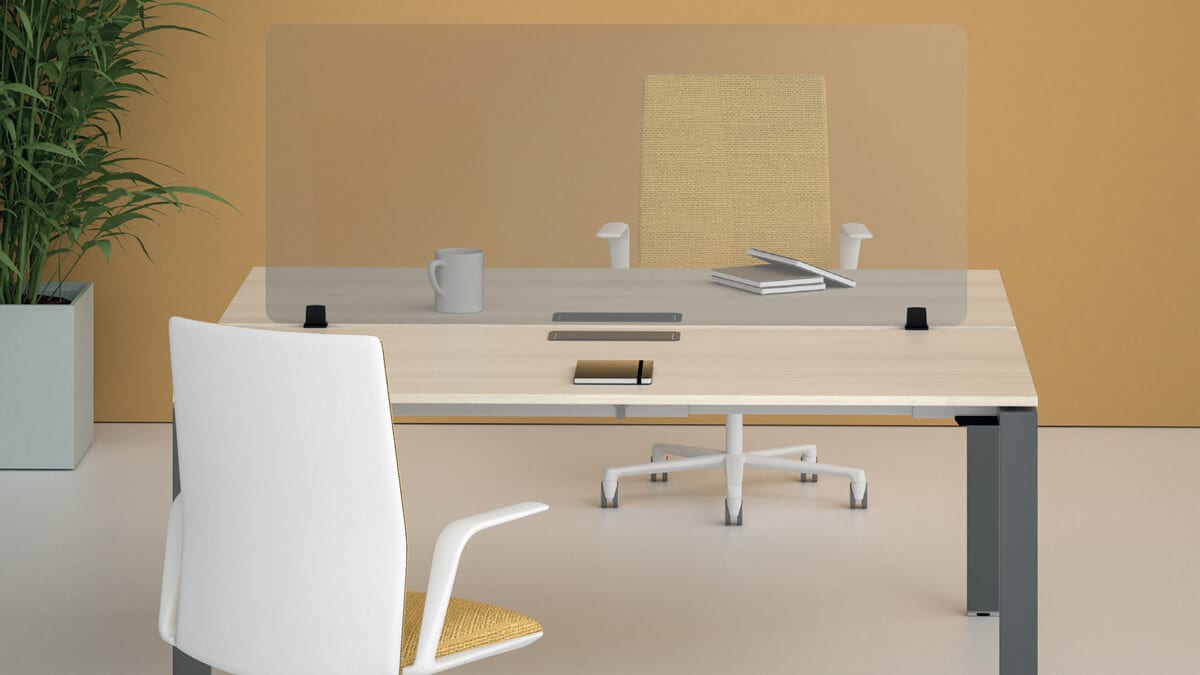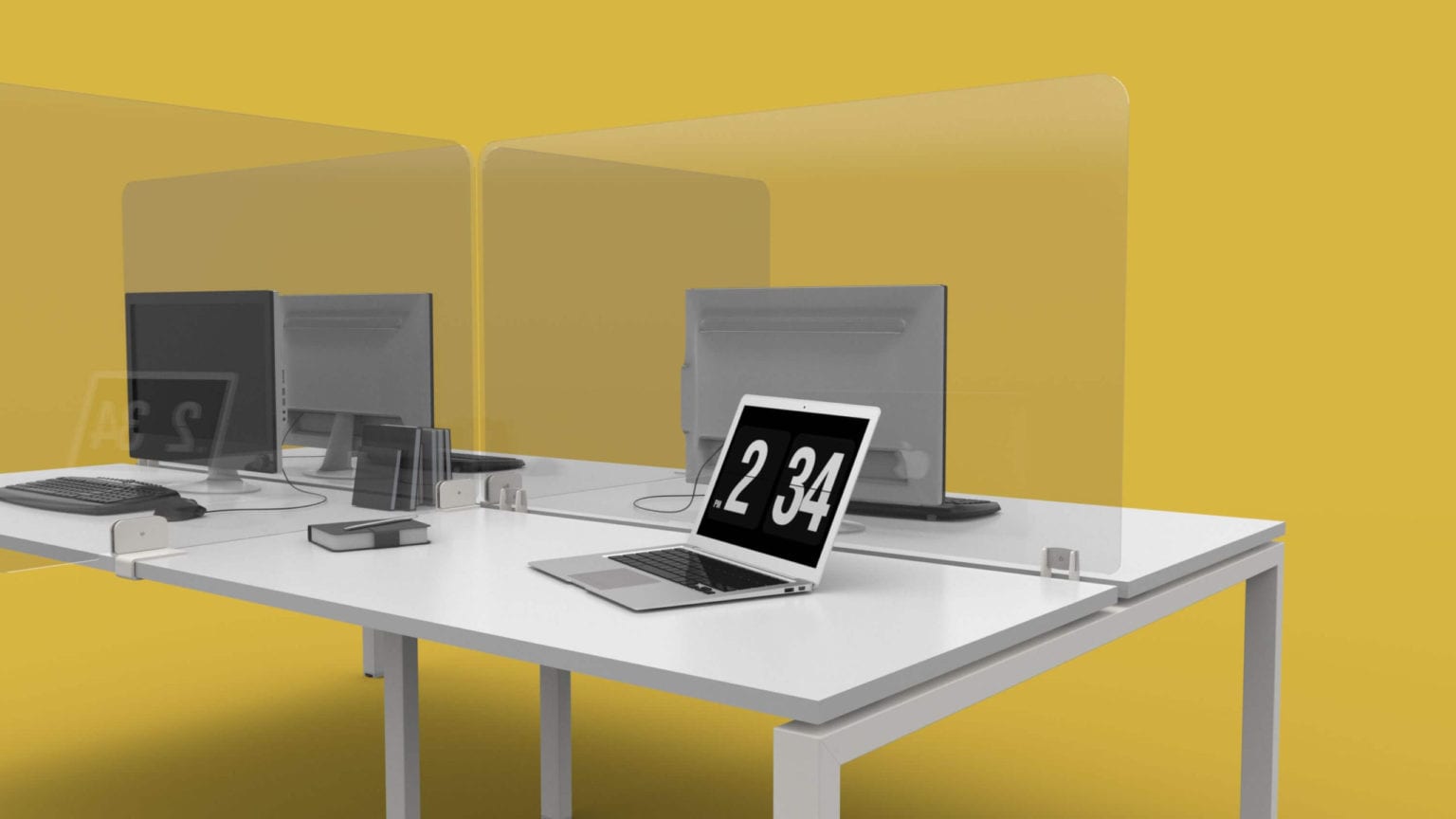Table of Contents
Introduction
We’ve all been there, sitting at our desks, eyes glued to the computer screen, mind racing with thoughts about deadlines and work, when suddenly a sharp pain in the lower back or stiffness in the neck takes over. Unfortunately, almost a third of the UK workforce experiences work-related physical pain every week.
Ergonomic furniture helps to maintain the natural curves and angles of the skeletal system, reducing the risk of injury caused by stress or pressure in different parts of the body.
From height-adjustable chairs to executive desks, modern ergonomic furniture comes with various features and adjustments to ensure comfort and efficiency.
In this blog, we will discuss the best practices to optimise your workplace with ergonomic modern office furniture for a pain-free and productive workday. But before we proceed, let’s take a moment to fully understand its significance.
Read also: 5 Misleading Ergonomic Furniture Misconceptions To Stop Believing Now!
5 Proven Tips to Synchronise Your Workstation and Office Chair
1. Adjust your posture for hip support
Ergonomic furniture is crucial for maintaining a healthy hip joint by ensuring that the feet rests flat on the ground and the thighs are parallel or sloped down at an angle greater than 90 degrees. This significantly improves circulation and reduces pressure on the hip joint. Additional cushioning around the thighs is always a wise choice to consider.
2. Check your seat-body fit
Designer office furniture has evolved to incorporate both aesthetics and functionality. One important aspect of this is the “1 inch rule”, which states that there should be a 1-inch distance between the back of the knees and the edge of the chair, as well as between the sides of the seat and the hips to facilitate natural muscle contraction and relaxation.
3. Avoid slouching to avoid pain
When you slouch, your shoulders are lifted to your neck, and the muscles at the back of your shoulder are constantly stretched. About 60% of the workforce struggles with slouching. Therefore, it’s vital to ensure that when sitting on your executive chair, the arms are parallel to the ground and the elbows are perpendicular. Additionally, an operator office chair with adjustable armrests can help maintain optimal shoulder placement and reduce the likelihood of slouching.
Another factor to consider is your keyboard, mouse, and monitor placement. Choosing a height-adjustable executive desk or an operational desk will ensure that the monitor is at the natural line-of-sight height and that the mouse and keyboard are at the same 90-degree elbow angle.
4. Optimise for spine health
Back pain is the most common ergonomic problem for people across the UK, being the reason for 12 days of absenteeism in a year for one-third of the workforce.
Consequently, ergonomic executive chairs with proper lumbar support are essential for maintaining the natural curvature of the lower back and reducing the risk of strain injuries. Additionally, an executive chair with tilt tension feature will help maintain proper spinal alignment and reduce the risk of strain injuries.
Furthermore, employees are 46% more productive when they have access to sit-stand workstations. We recommend installing height-adjustable executive desks or creating specialised areas within the office with standing acoustic booths that have ergonomic tables to improve focus and productivity.
5. Improve circulation with seat pan
Modern office furniture is now being designed with scientific principles in mind, and one such feature is the adjustable seat pan. This allows for improved circulation by adjusting the depth of the seat pan. In an ergonomic chair, a deeper seat pan supports the legs and reduces pressure on the knees and thighs, while a shallower seat pan promotes a forward sitting position, reducing pressure on the back of the legs.
Read also: What Exactly To Look For In An Ergonomic Office Chair.
Wrapping Up
Work-related health issues due to prolonged sitting during office hours are a growing problem, but ergonomic furniture is here to save the day.
Auraa Design has developed an extensive collection of modern office furniture that balances design, ergonomics and workplace culture. We’re not merely office furniture experts but a full-service Office and Commercial Interior Design & Build Company. Be sure to contact us for bespoke office furniture designed to reflect your work culture and meet your ergonomic requirements.





